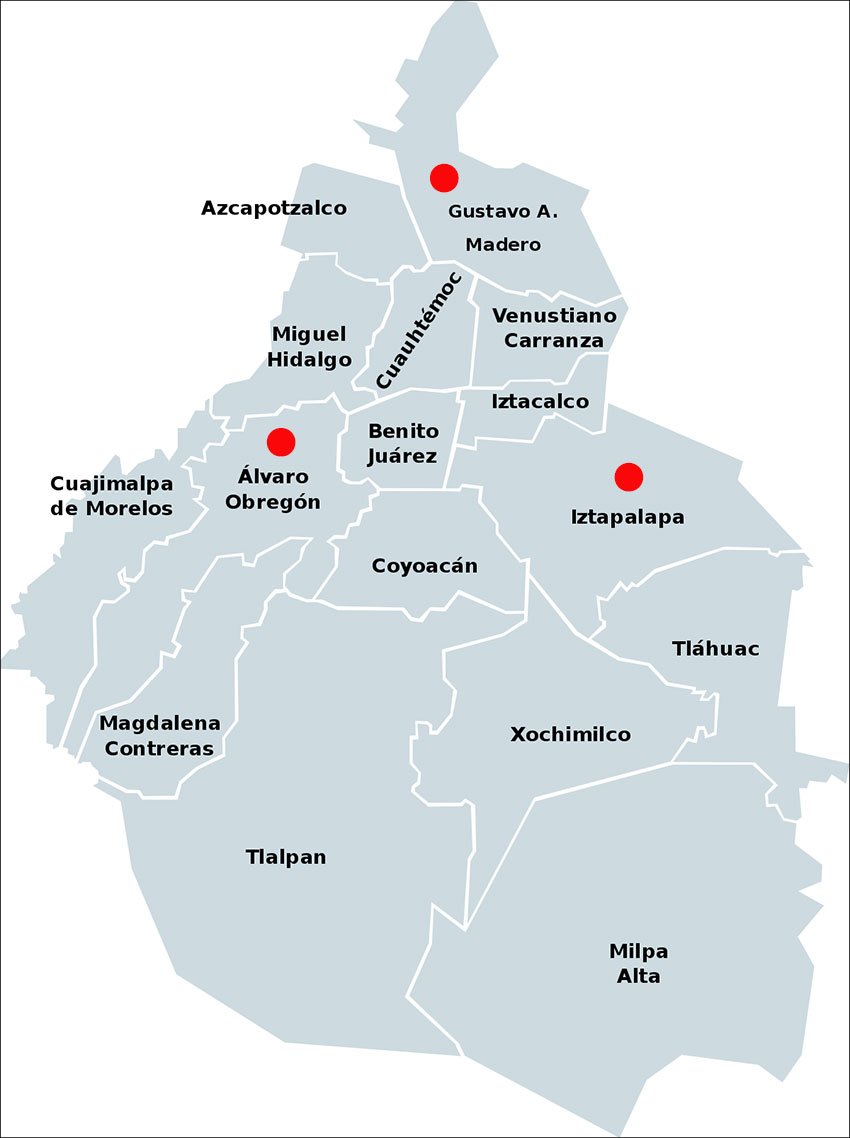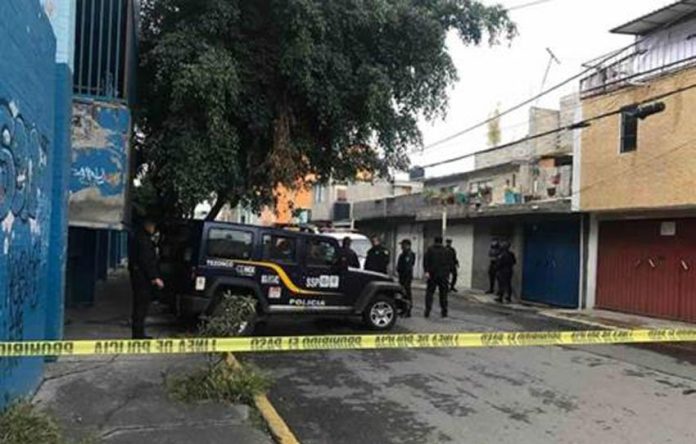A criminal analysis completed by law enforcement authorities in Mexico City has identified the capital’s most dangerous neighborhoods and boroughs as well as the times and days when homicides are most commonly committed.
And it’s not good news for Iztapalapa: the sprawling, heavily populated eastern borough is considered the most violent in Mexico City and is home to two of the capital’s three most dangerous neighborhoods, or colonias.
Between December and May, 184 people – 160 men and 24 women – were murdered in the borough, according to the analysis completed by the Mexico City Attorney General’s Office (PGJ).
A settling of scores was determined to be the probable cause of 30% of the homicides, 17% occurred during robberies and 16% of victims were killed during arguments or brawls.
The cause of the remainder of the murders in Iztapalapa is unknown.
Homicides in the borough most commonly occur on Sundays between 9:00pm and midnight, the analysis said, noting that between those hours a large number of parties and other events are held at which people consume large quantities of alcohol and drugs.
Within the borough, Citlali and San Lorenzo rank as the two most dangerous neighborhoods in Mexico City based on homicide statistics.
The PGJ said that high levels of alcohol and drug consumption in both colonias, their geographical location, turf wars between drug gangs, narrow streets with various entrances and exits and a lack of public lighting were among the factors that contribute to the high levels of crime.
Murders are most commonly committed with firearms by assailants who arrive in and flee from the neighborhoods on motorcycles.
The second most dangerous borough is Gustavo A. Madero, where there were 131 homicide victims in the six-month period to the end of May, followed by Álvaro Obregón, where 61 people were killed.
The former borough, located in the capital’s extreme north, is home to Zona Escolar, Mexico City’s third most violent neighborhood. In one week during the period analyzed, there were five murders in the densely-populated colonia, which borders México state.

A lot of murders and other crime in Mexico City occurs on the outskirts, where criminals can easily move into neighboring México state and escape the jurisdiction of the capital’s police force.
Crime experts say that the ease with which criminals move between the two entities breeds impunity.
Francisco Rivas, president of the National Citizens’ Observatory, an independent organization that monitors security conditions, said that some criminal groups base themselves on the capital’s fringes “precisely because it generates greater difficulty in the prosecution of crime.”
Across Mexico City, there were 730 intentional homicides between December 5 and May 29, the PGJ said, but police only made arrests in 40 cases.
The period, which coincides with Mayor Claudia Sheinbaum’s first six months in office, is the most violent of the past 20 years. Kidnappings also surged in the first four months of 2019 to levels not seen in almost a decade.
The PGJ analysis said that a lot of the violent crime in the capital since Sheinbaum became mayor is due to turf wars.
The Jalisco New Generation Cartel, considered Mexico’s most powerful and dangerous criminal group, is encroaching on territory controlled by smaller criminal groups, such as La Unión de Tepito and the Tláhuac Cartel, and carrying out a “purge” of their members, the PGJ said.
Martín Barrón Cruz, a criminal researcher, said that violence in Mexico City has increased since the administration of former mayor Miguel Ángel Mancera, stating that his government’s denial that organized crime groups operated in the capital was a factor that allowed it to grow.
As soon as it took office, the current administration acknowledged that organized crime groups do operate in the capital but said it has a shortage of police officers with which to combat them.
Daniel Cunjama, an expert in criminal sociology at the National Institute of Criminal Sciences, said that violence in Mexico City could get worse.
“We have more and more young people recruited by organized crime who are working as sicarios [hitmen] and other positions . . . such as halcones [hawks or lookouts],” he said, adding that the criminals don’t just come from impoverished backgrounds but also the “middle and lower-middle classes.”
Source: El Universal (sp)
